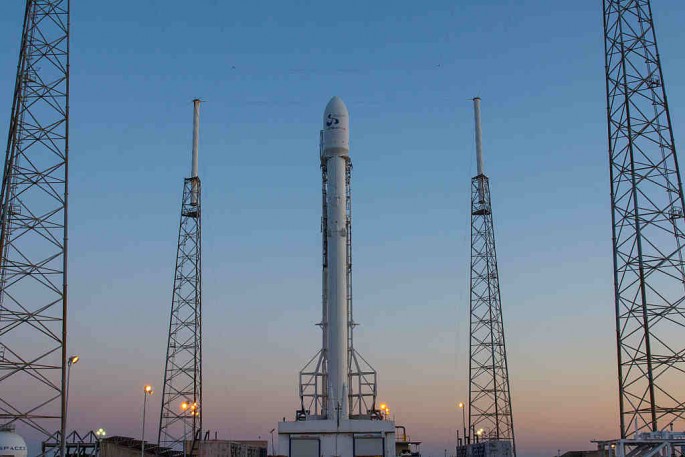Although several efforts have been made to explore the outer space, only a few dare to dream of future commercial development in such landscapes. China is one of those special few, with their China Lunar Exploration Project (CLEP), according to an article by Asia Times.
Through CLEP, Beijing plans to reach the moon as soon as possible in order to take advantage of the local resources available.
A timetable for China’s planned lunar activities has already been mentioned in China’s 2016 white paper, but a new sense of urgency has taken hold of the central government.
“China will continue its lunar exploration project, and strive to attain the automated extraterrestrial sampling and returning technology by space explorers," the white paper stated.
"We plan to fulfill the three strategic steps of ‘orbiting, landing, and returning’ for the lunar exploration project by launching the Chang’e-5 lunar probe by the end of 2017 and realizing regional soft landing, sampling, and return."
“We will launch the Chang’e-4 lunar probe around 2018 to achieve mankind’s first soft landing on the far side of the moon. . . .
"Through the lunar exploration project, topographic and geological surveys will be implemented and laboratory research conducted on lunar samples; geological survey and research as well as low-frequency radio astronomy observation and research will be carried out targeting the landing area on the far side of the moon for a better understanding of the formation and evolution of the moon.”
Although national prestige and geopolitics are one of the results CLEP plans to achieve, the main priority is to establish Chinese presence in the lunar landscape.
To achieve this goal, China is bent on outperforming other nations, joint cooperative efforts, and even private, American-led multinational ventures such as Elon Musk’s Space Exploration Technologies (SpaceX), which also aims to establish a foothold on the moon.



























